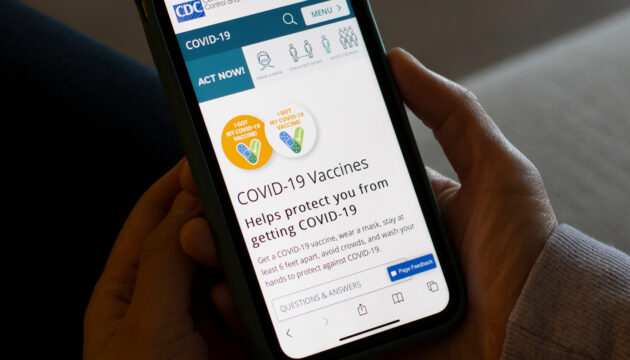Patient and Physician Behavior
Our work in Patient and Physician Behavior
-
The Eldercare Facility Ordinance of Los Angeles: A Synthetic Control Analysis of Residential Care Development and Growth
Using California State Department of Social Services residential care and census place data, this study compares the pre and post effect of the ordinance on the number of large residential care facilities developed in Los Angeles with a comparison group using synthetic control analysis.
Categorized in -
Here’s How Public Health Messaging Can Help With the Next Phase of the Pandemic
As COVID-19 cases increase and officials warn of a potential new surge, confusion still bedevils our public health messaging.
Categorized in -
Use of Prescription Medications with Cardiovascular Adverse Effects Among Older Adults in the United States
Schaeffer experts examined the association between the concurrent use of prescription medications with known risk of a major adverse cardiovascular event (MACE) (“MACE medications”) and the risk of such events among older adults.
Categorized in -
Opioid and Naloxone Prescribing Following Insertion of Prompts in the Electronic Health Record to Encourage Compliance With California State Opioid Law
A new study by experts at the USC Schaeffer Center for Health Policy and Economics and Kaiser Permanente finds Naloxone prescriptions increased while opioid prescriptions decreased.
Categorized in -
Racial Disparities in Accessing Treatment for Substance Use Highlights Work to Be Done
Older Americans are increasingly seeking treatment for substance use disorders with older Black Americans who start treatment being much more likely to have their treatment terminated and not finish compared to white adults.
Categorized in -
Biomedical Expert Designs Health Dataset Representing All Demographic Groups
Although big data is revolutionizing healthcare, its potential has been limited by underrepresentation of vulnerable populations, including marginalized racial and socioeconomic groups that are at higher risk for poor health outcomes.
Categorized in -
Impact of Cannabis Legalization on Healthcare Utilization for Psychosis and Schizophrenia in Colorado
Using administrative data from Colorado Hospital Association (CHA) on county-level quarterly ED visits between January 1, 2013, and December 31, 2018, Schaeffer experts applied a difference-in-difference analysis to examine how new exposure to recreational cannabis dispensaries after 2014 differentially influenced the rate of ED visits for psychosis and schizophrenia, comparing counties with no prior medical cannabis dispensary exposure to counties with low or high medical dispensary exposure.
Categorized in -
Before Prescribing Opioids, Draft a Deprescribing Plan
To get past the allure of continued and often troublesome opioid use patterns, patients and doctors need a plan in hand before the first opioid is ever used.
Categorized in -
Value of Reducing Wait Times for Chimeric Antigen Receptor T-Cell Treatment: Evidence From Randomized Controlled Trial Data on Tisagenlecleucel for Diffuse Large B-Cell Lymphoma
Researchers aimed to quantify the value of reducing chimeric antigen receptor T-cell (CAR-T) treatment wait times on patients with refractory and relapsed aggressive blood cancer who can newly gain access to treatment or access treatment earlier in their disease course.
Categorized in -
Paying Patients to Use Lower-Priced Providers
Many employers have introduced rewards programs as a new benefit design in which employees are paid $25–$500 if they receive care from lower-priced providers. Schaeffer Center researchers assessed the impact of the rewards program on procedure prices and choice of provider and how these outcomes vary by length of exposure to the program and patient population.
Categorized in








